Articles
Manufacturing

Why We Need Advanced Manufacturing
What I learned over 40 years in manufacturing is that innovation and manufacturing are intertwined. Brilliant scientists and engineers invented some of the world’s most innovative and impactful products, and many of them need to be manufactured on innovative processes.
Read More
5 Types of Quality Management Systems Explained
Different types of quality management systems, such as Total Quality Management, Six Sigma, and ISO standards, play a vital role in helping businesses achieve operational excellence and meet industry standards. Implementing quality systems enhances quality control, and promotes continuous improvement.
Read More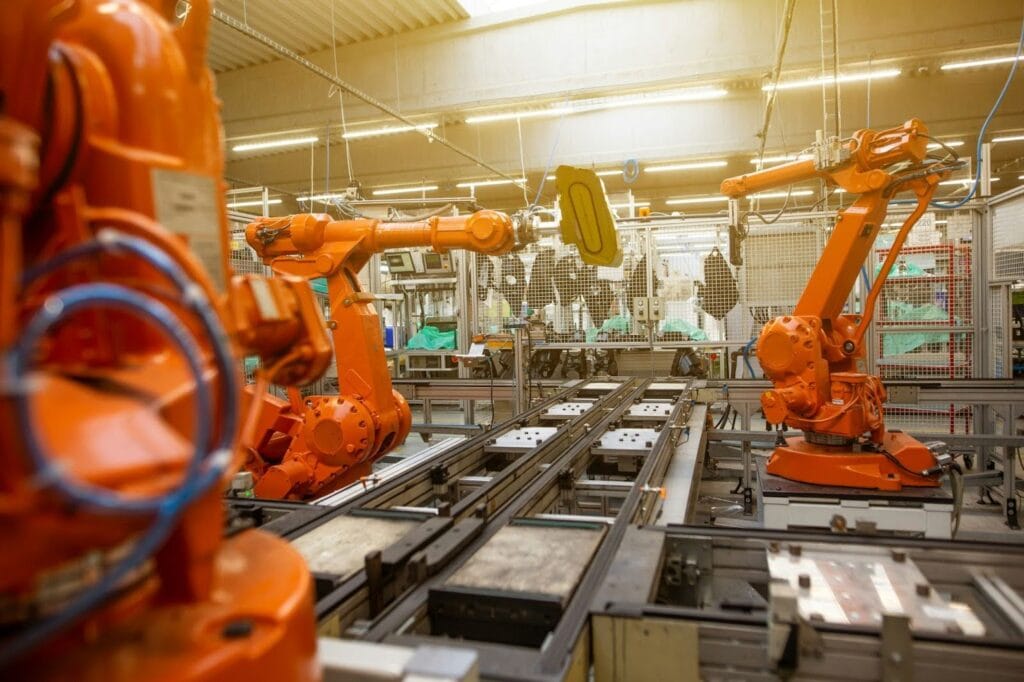
9 Types of Manufacturing Processes Every Business Should Know
Businesses rely on different types of manufacturing processes to create products, and each method serves a specific purpose. From turning raw materials into finished goods to producing at scale, manufacturing plays a critical role in meeting consumer demand across various industries. These manufacturing techniques vary based on the nature of the product, required output, and […]
Read More
Just-in-Case vs Just-in-Time: Understanding the Differences
Inventory management systems are pivotal in commercial shipping and logistics. They influence a company’s ability to meet customer demand and manage costs effectively. Businesses today often choose between just-in-case (JIC) and just-in-time (JIT) systems, two distinct strategies that cater to different operational needs. JIC focuses on maintaining higher inventory levels as a safety net against […]
Read More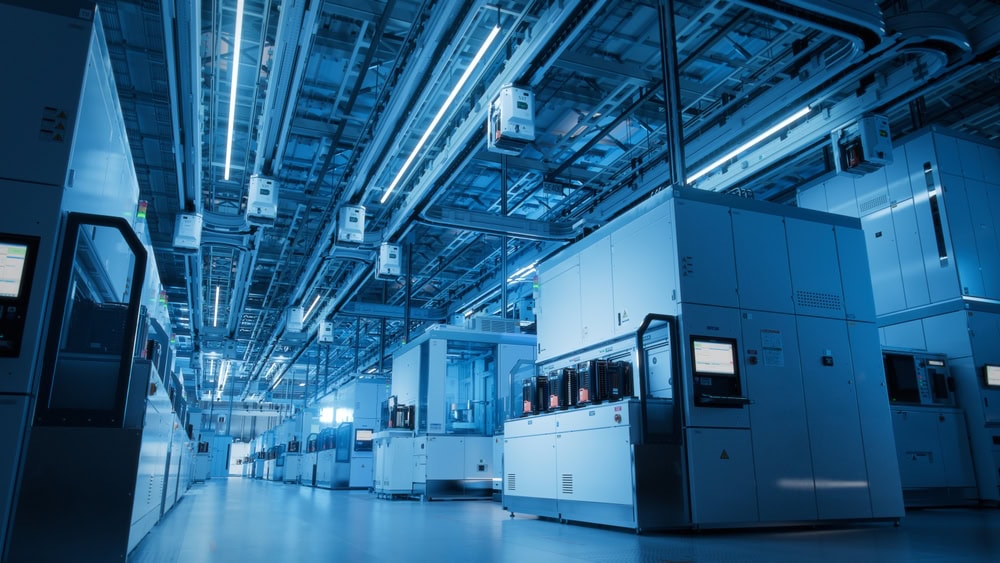
Manufacturing Overhead: Definition, Cost Types, and Management
Manufacturing overhead includes all the indirect costs associated with the manufacturing process, which are not directly tied to producing a specific product. By grasping the concept of MOH, businesses can achieve more accurate cost assessments and better financial management. This article will give a detailed overview of manufacturing overhead, its parts, and how it affects […]
Read More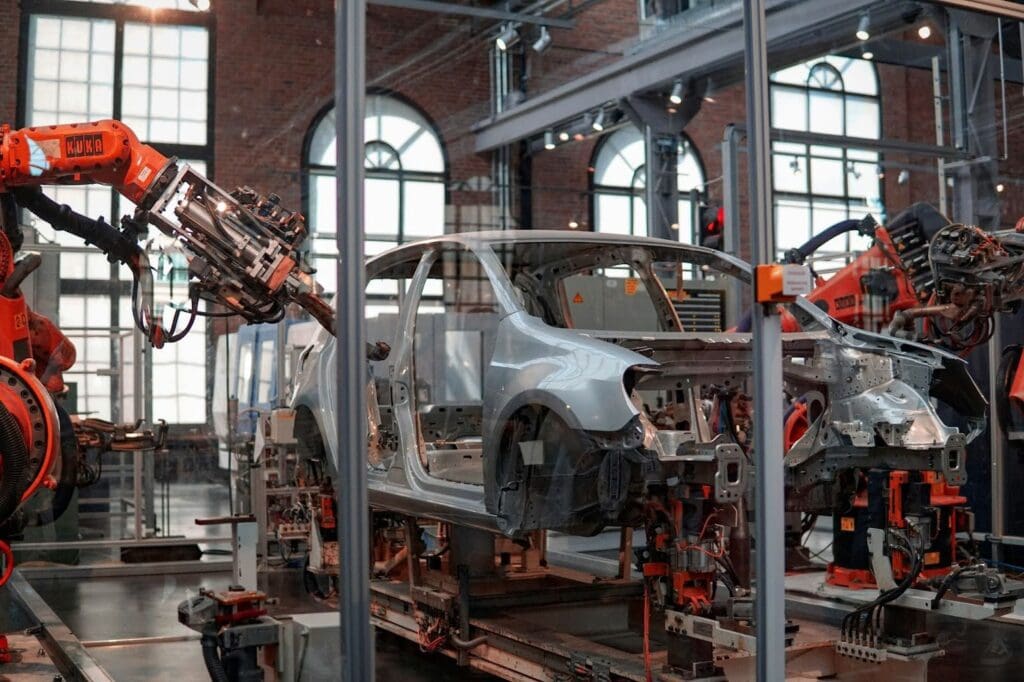
Assembly Line: Definition, History, and Advantages
Assembly lines are the backbone of modern manufacturing, revolutionizing how we produce everything from cars to consumer electronics. Why is and why was the assembly line important? They enable manufacturers to assemble complex products efficiently, drastically transforming traditional production methods. By systematically adding parts at successive stations, these lines optimize time and labor, making large-scale […]
Read More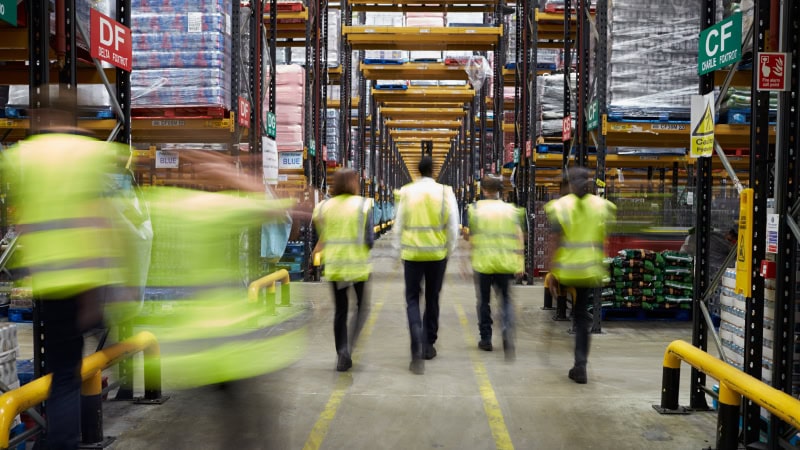
From Earnings to Ergonomics: Optimizing Warehouse Labor
As warehouse labor plays hard to get, organizations turn to a growing range of tools and technologies to support worker safety, boost their productivity, and make their jobs easier, more efficient, and even more enjoyable.
Read More
Warehouse Vs. Factory: Purposes and Types of Each
Warehouses and factories, each integral to supply chains and manufacturing, serve distinct yet complementary functions. To optimize logistics, warehouses focus on efficient storage and distribution centers, often situated near key transport routes.
Read More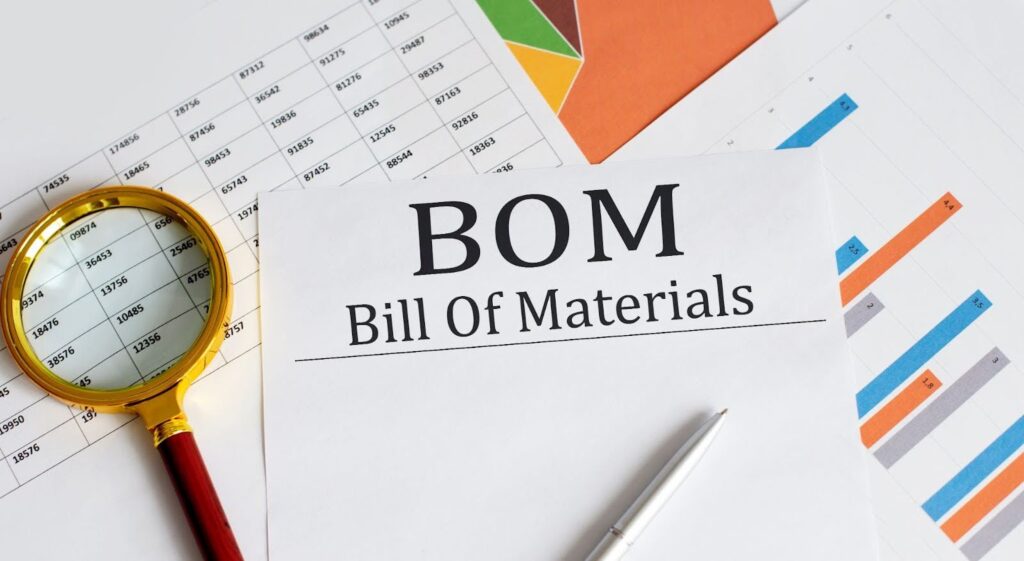
Bill of Materials (BOM): Definition, Impact, and Components
The Bill of Materials (BOM) is a cornerstone document critical to creating any tangible product in the intricate web of modern process manufacturing and product development. It is a comprehensive list that catalogs all the components, raw materials, and assemblies needed to construct a finished product. Its accuracy and detail reflect directly on the production […]
Read More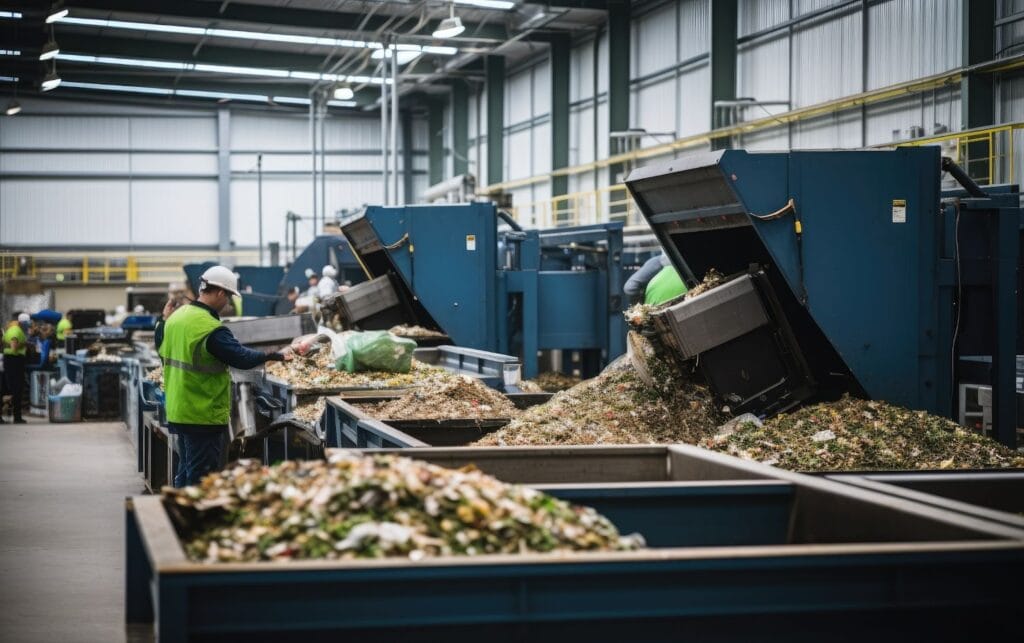
What Is Sustainable Materials Management? Types and Benefits
In a world rapidly adapting to green initiatives, the concept of sustainable materials management (SMM) is gaining prominence. It is a systemic approach to using and reusing materials more productively over their entire life cycles. SMM represents a key shift in how society thinks and deals with materials. By focusing on the importance of conserving […]
Read More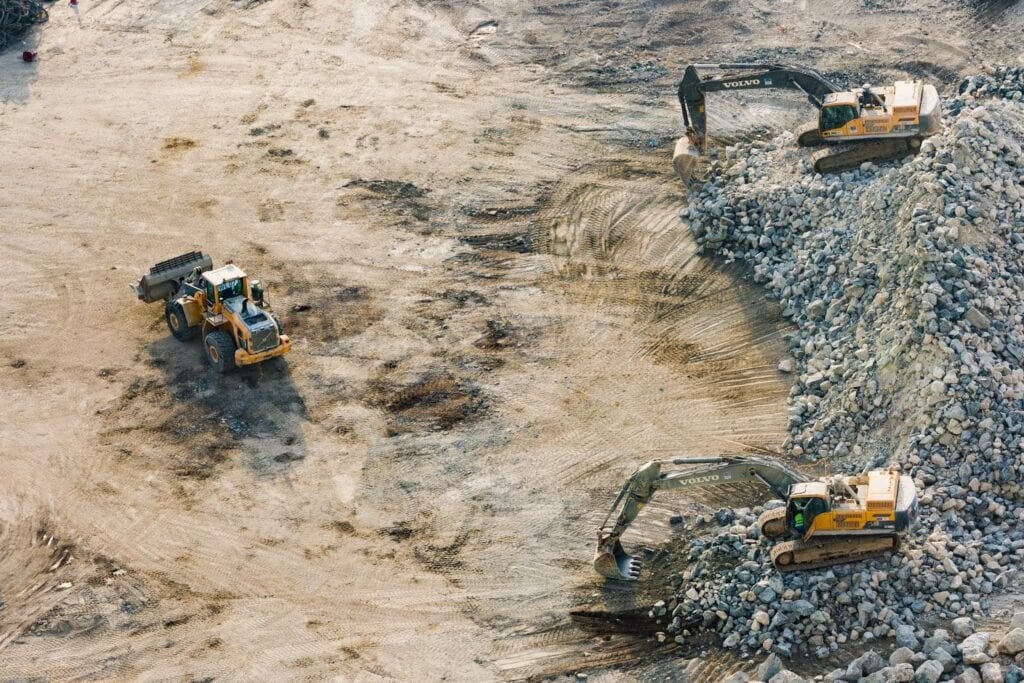
Construction Materials Management: Techniques, Software, and Benefits
Construction materials management is pivotal in completing construction projects, ensuring that materials are available, of the right quality, and reasonably priced. Every year, the construction industry faces significant challenges associated with material shortages, quality control issues, and logistical inefficiencies. Implementing an efficient material management process is not just a cost-saving measure, but a strategy to […]
Read More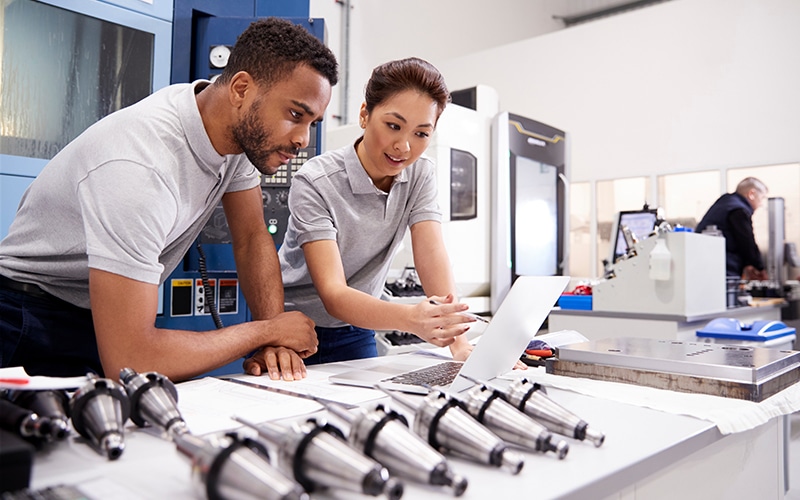
Labor Pains Persist
As rising interest rates, poor economic conditions, and a talent shortage continue, optimism among manufacturing industry leaders remains low, according to a Sikich Industry Pulse: Manufacturing and Distribution report.
Read More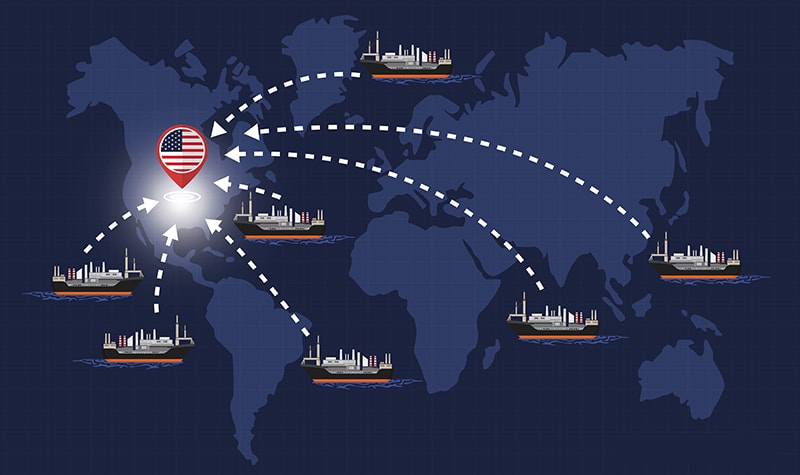
What to Consider Before You Shift
One trend driving the growth in manufacturing jobs has been reshoring–the practice of bringing manufacturing back to the United States. Reshoring activities were estimated to create more than 225,000 jobs in 2022, according to a Reshoring Initiative report.
Read More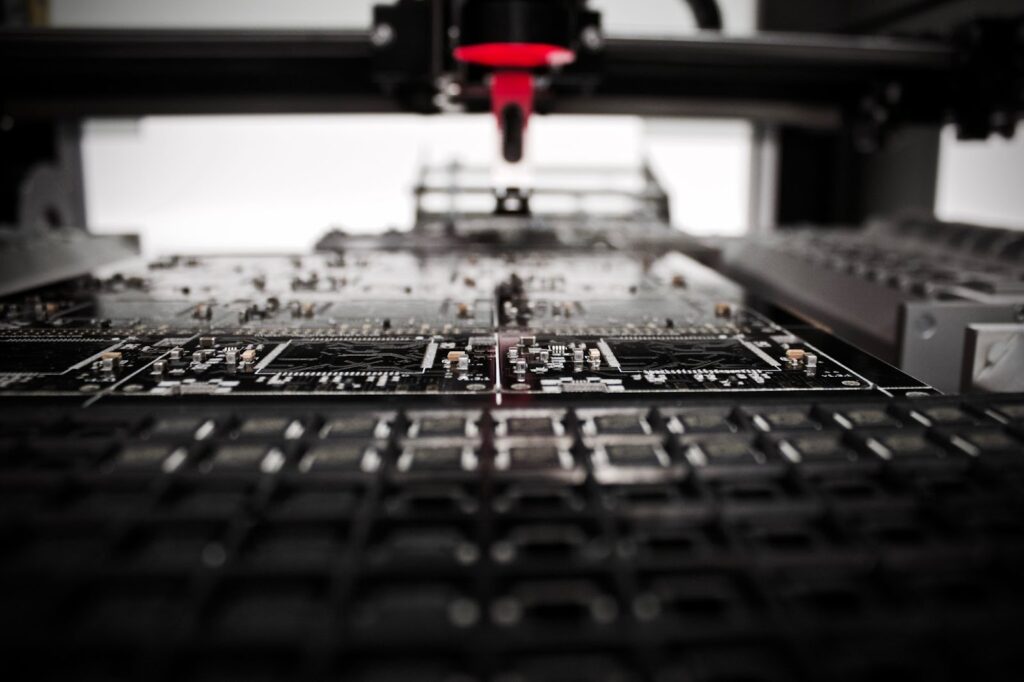
Process Manufacturing vs Discrete Manufacturing: Definitions and Differences
Manufacturing is the large-scale process of converting raw materials into finished products, utilizing factors of production, including human labor and machinery. Depending on the product requirements, you can use various manufacturing processes to get the desired output. Discrete manufacturing and process manufacturing are the most common production methods. In this article, we explore the two […]
Read More
Process Manufacturing: Definition, Benefits, and Industries
Manufacturing is the process of creating a finished product from raw materials or ingredients. This action is accomplished by using machinery, human labor, and other tools, with some manufacturing requiring chemical processes. There are various methods of manufacturing systems linked with producing final goods. Process is one of the main manufacturing methods. Modern manufacturing processes, […]
Read More
Industrial Sector Cools, Manufacturing Heats Up
Following record high demand and rent prices notched during the pandemic, the industrial sector’s dynamics are shifting and demand is cooling, finds a new U.S. industrial market update from Savills. Some predictions about where things are headed from here: Vacancy rates are on the rise. While the market is still historically tight, vacancy rates are […]
Read More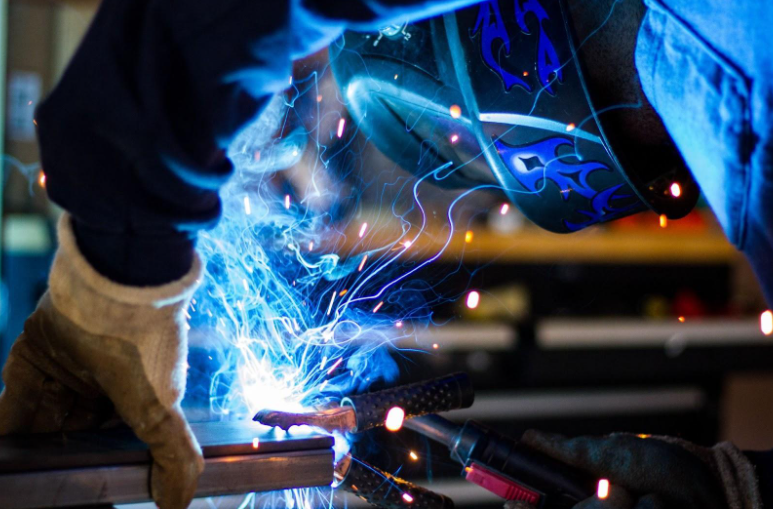
Repetitive Manufacturing: Definition, Types, and Benefits
Technological advances have led to a higher quality of life for many individuals and efficiency gains for most businesses. However, there have been new challenges posed by technological advances, including pollution and waste. In response, some companies are adopting a new technique called repetitive manufacturing. This manufacturing process is designed to help minimize waste while […]
Read More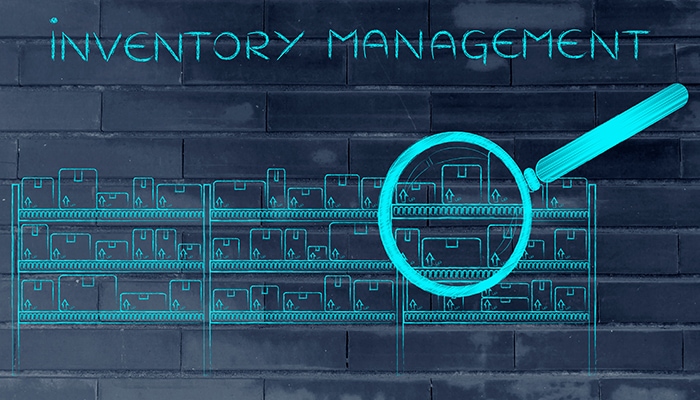
Don’t Blame Lean Manufacturing
Lean manufacturing has been blamed for the recent supply chain crisis, with critics claiming lean and just-in-time (JIT) manufacturing encouraged extremely low inventories of raw materials and components. When the pandemic arrived, and supplies were disrupted, manufacturers had to stop production due to material shortages. This had cascading effects all the way down the supply […]
Read More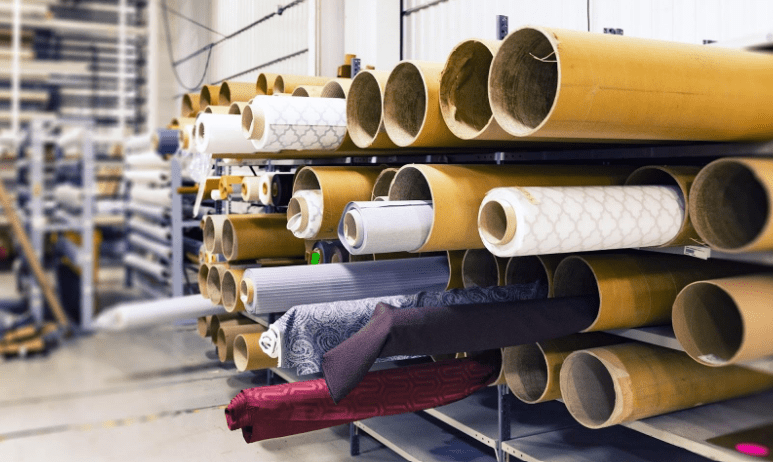
Discrete Manufacturing: Definition, Benefits, and Examples
In the past, manufacturing tended to involve long assembly lines with armies of workers playing a part in creating the finished products. This description fits well for conventional manufacturing industries. However, with rapid technological advancements, various alternative manufacturing options exist now. Discrete manufacturing is one of the most prevalent manufacturing processes that utilize a production […]
Read More
Just In Time Manufacturing: Definition, Benefits, and Origin
New technologies, raw materials, and production strategies are being adopted daily as companies strive to remain competitive in their respective industries and to meet changing customers’ demands. Manufacturers must remain flexible and adaptable in their production methods to allow adjustments to their supply chain. Manufacturers can adopt many different production strategies, each with advantages and […]
Read More